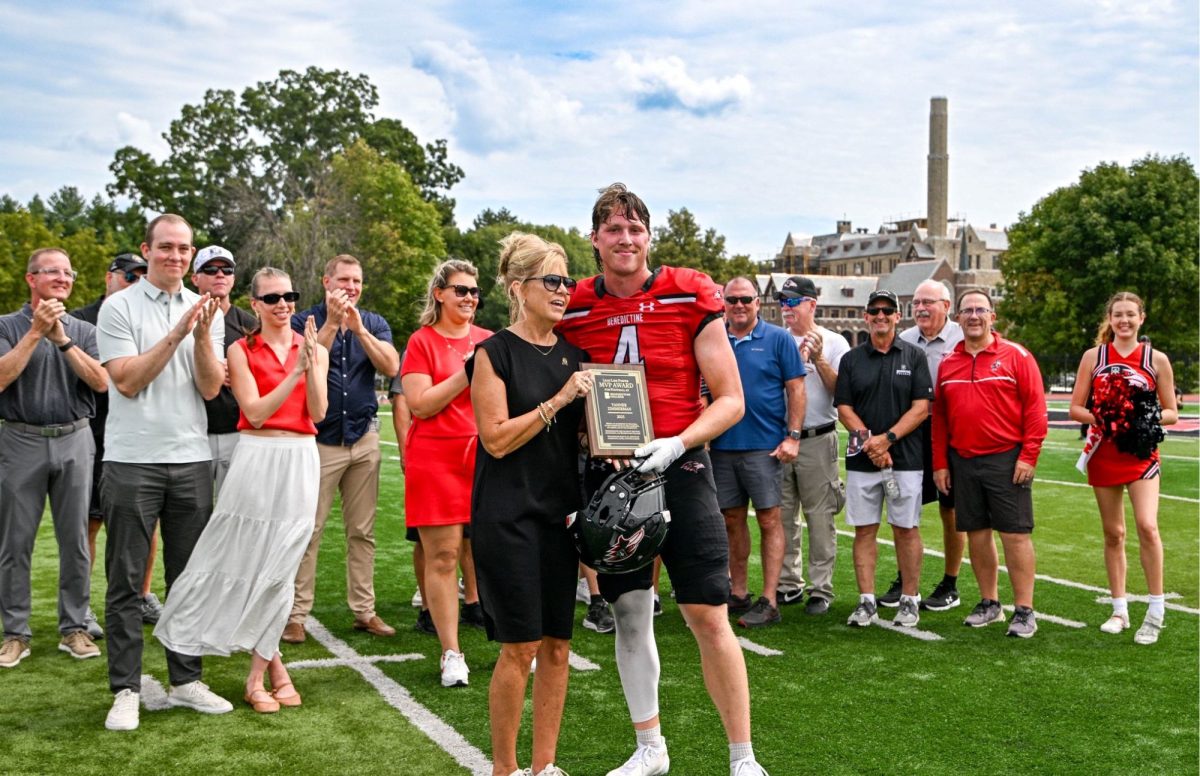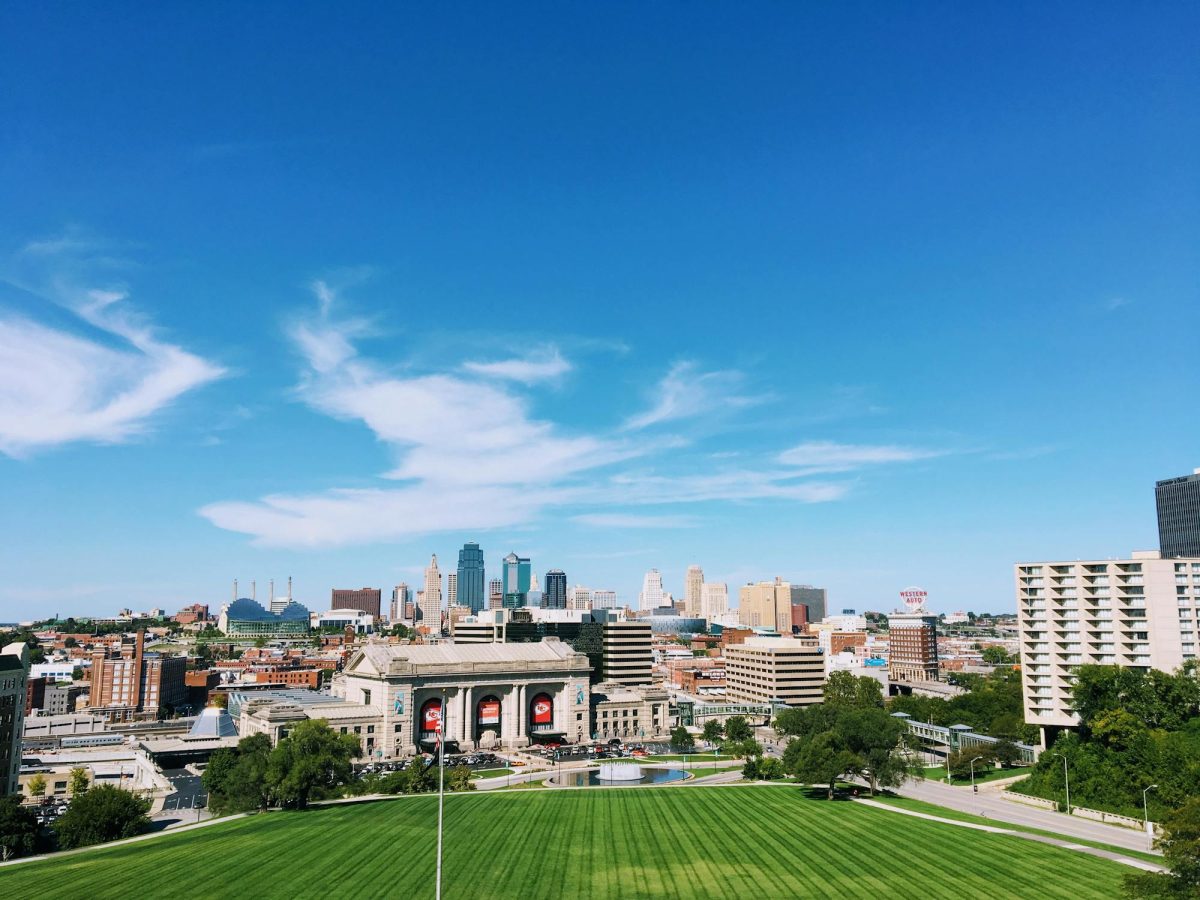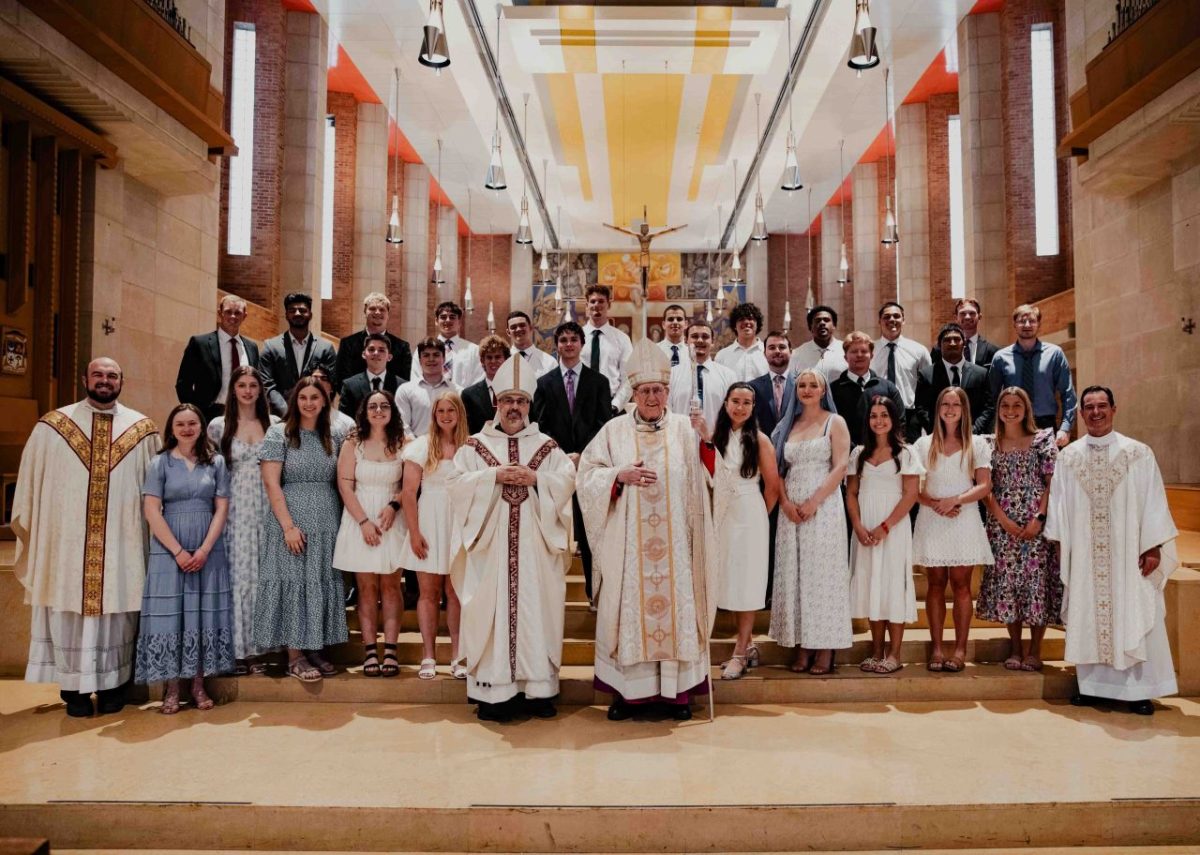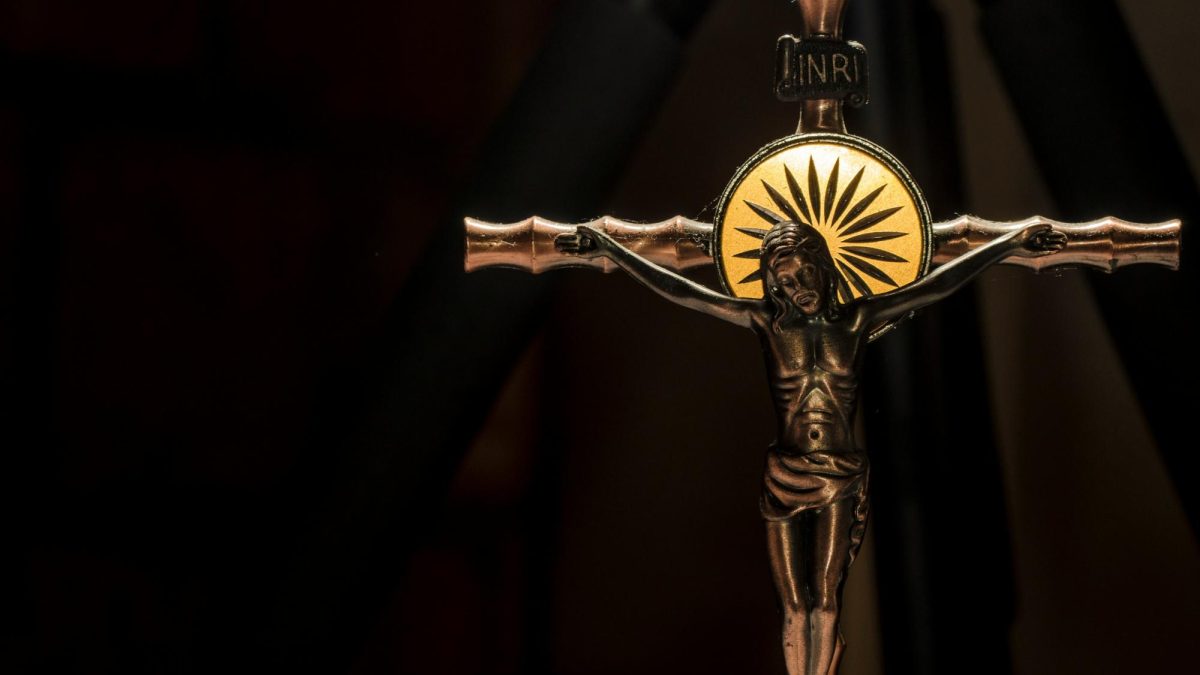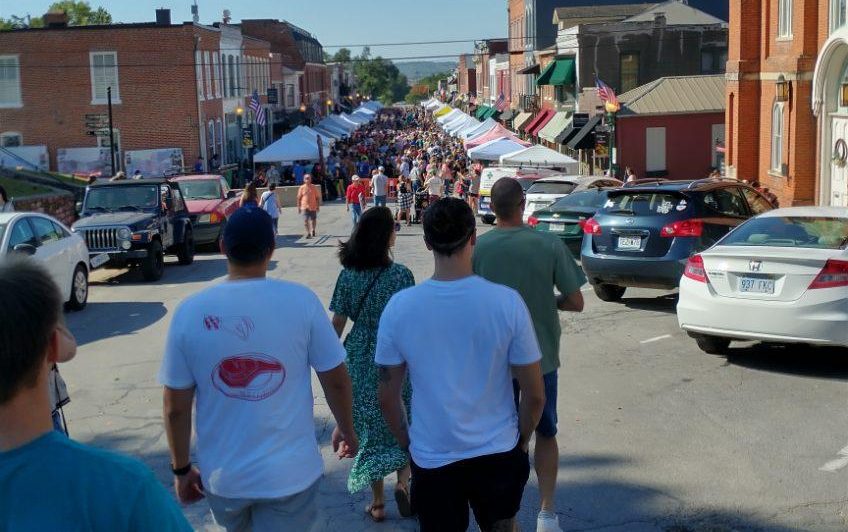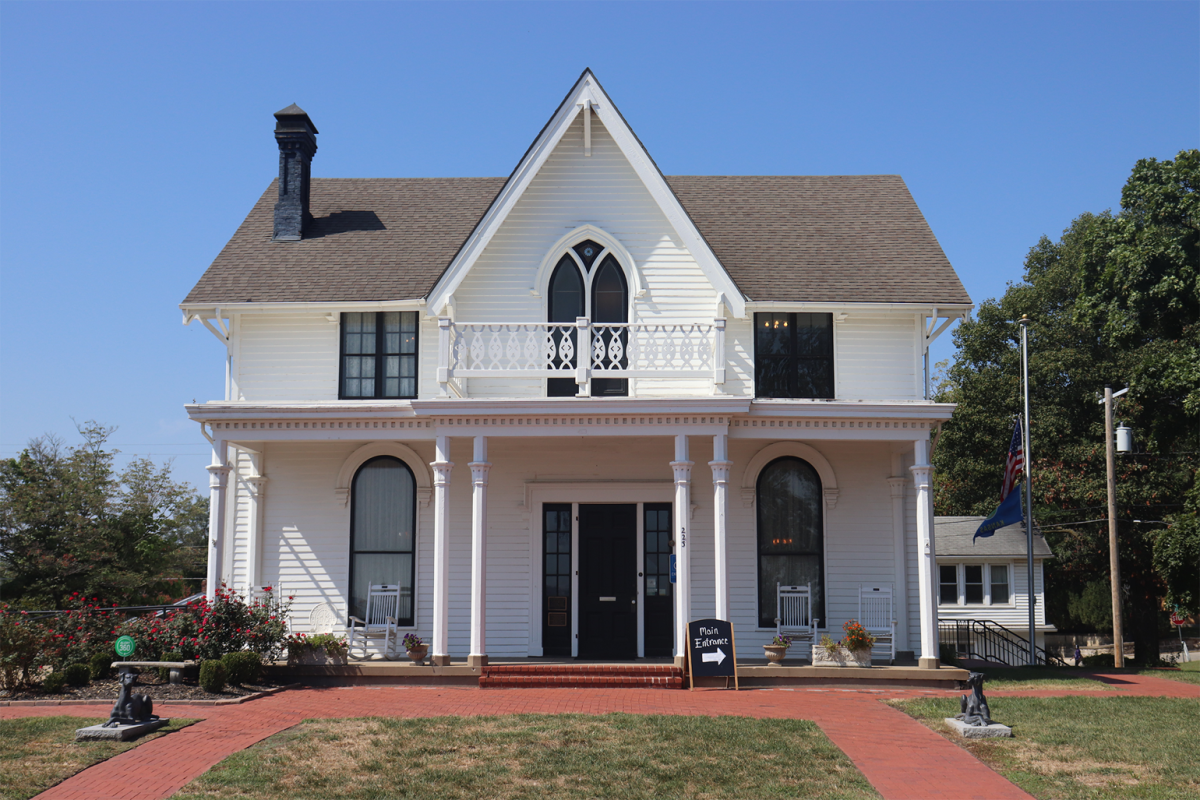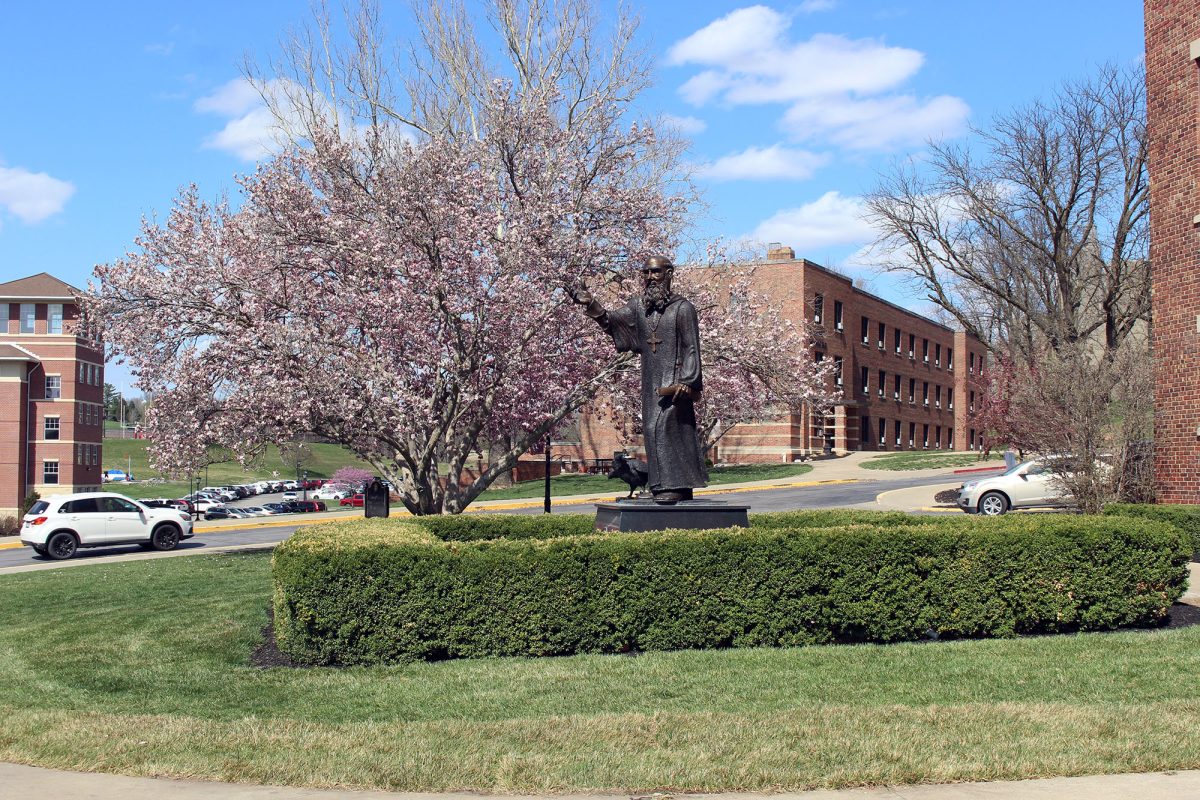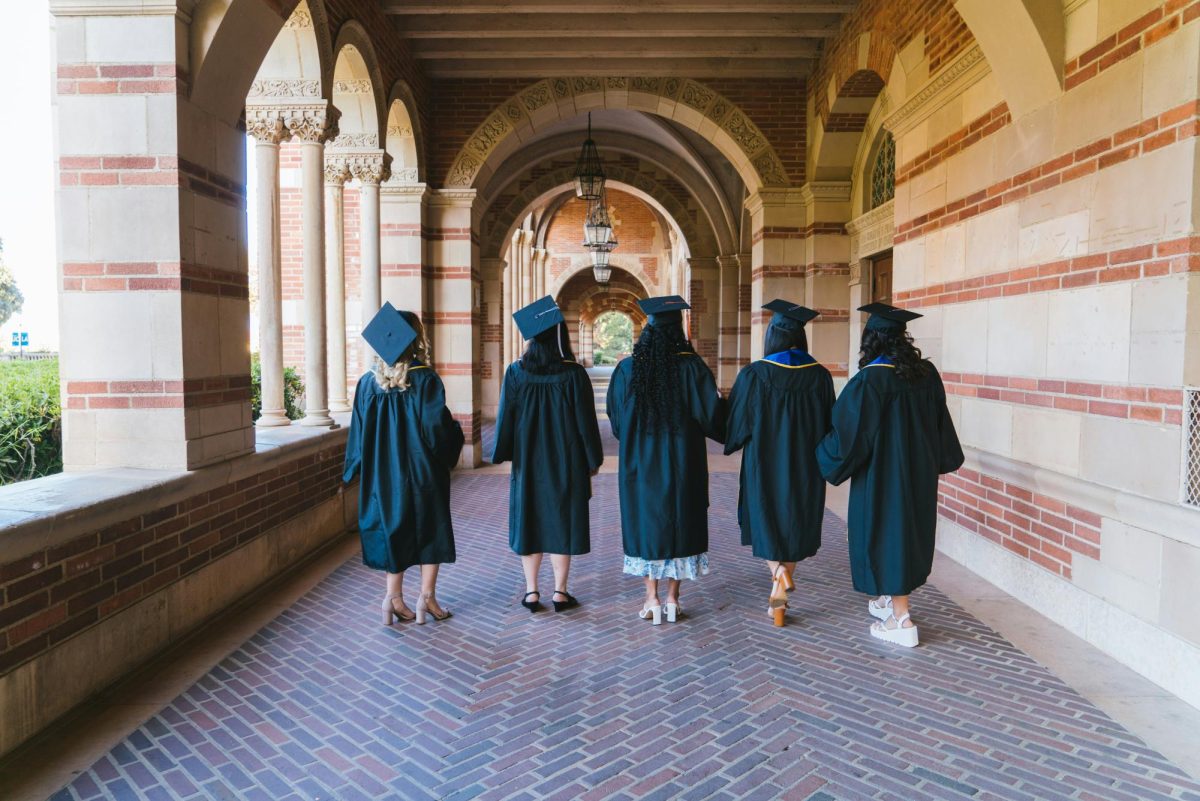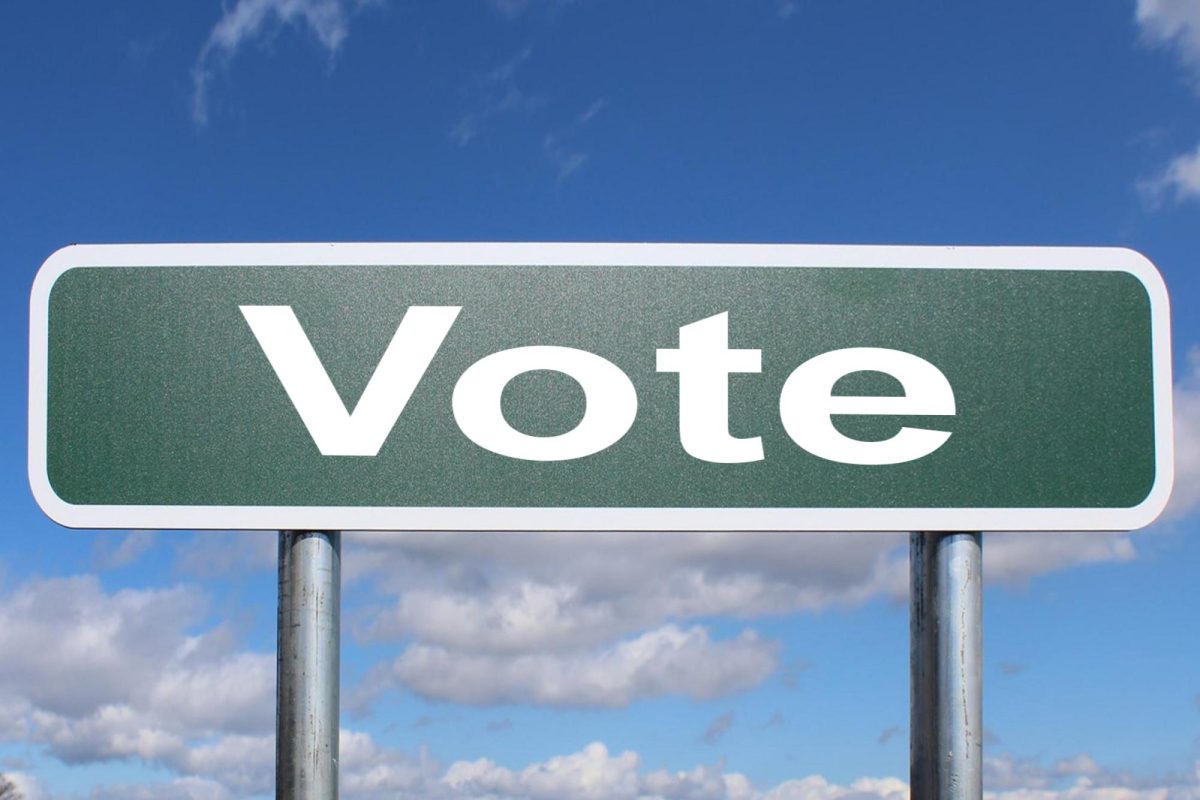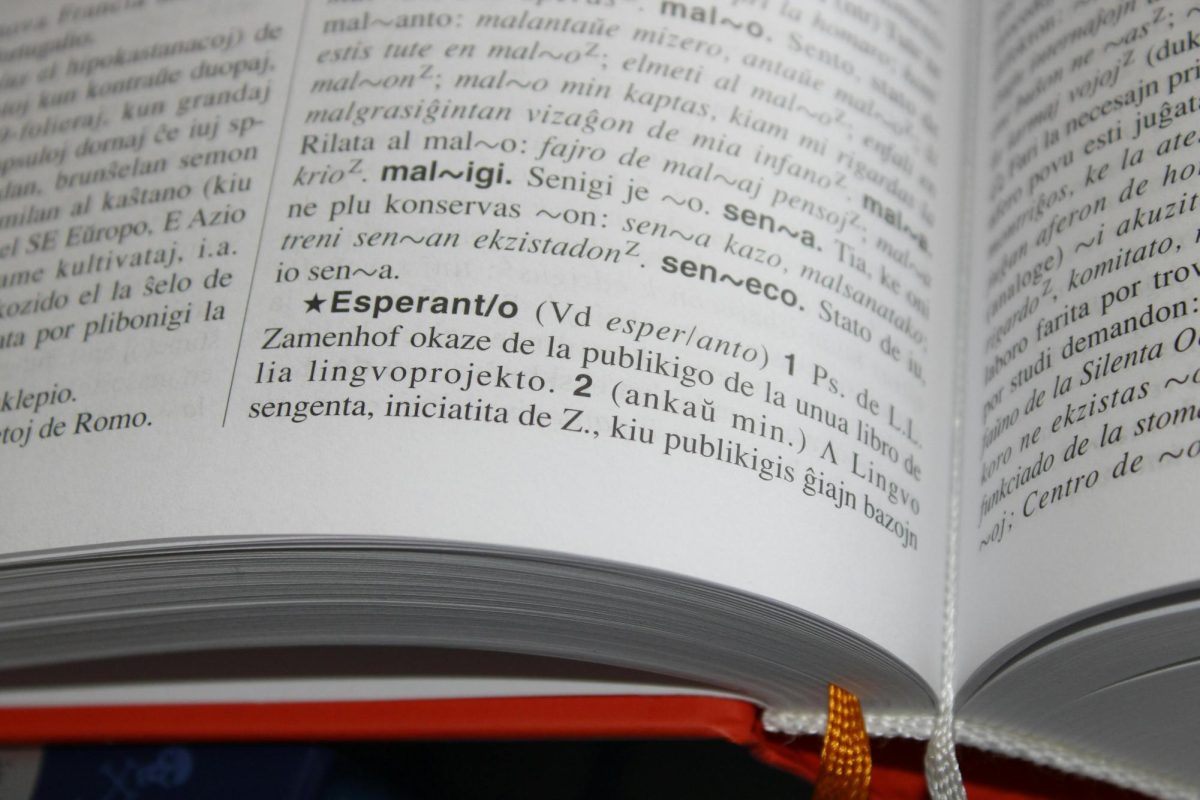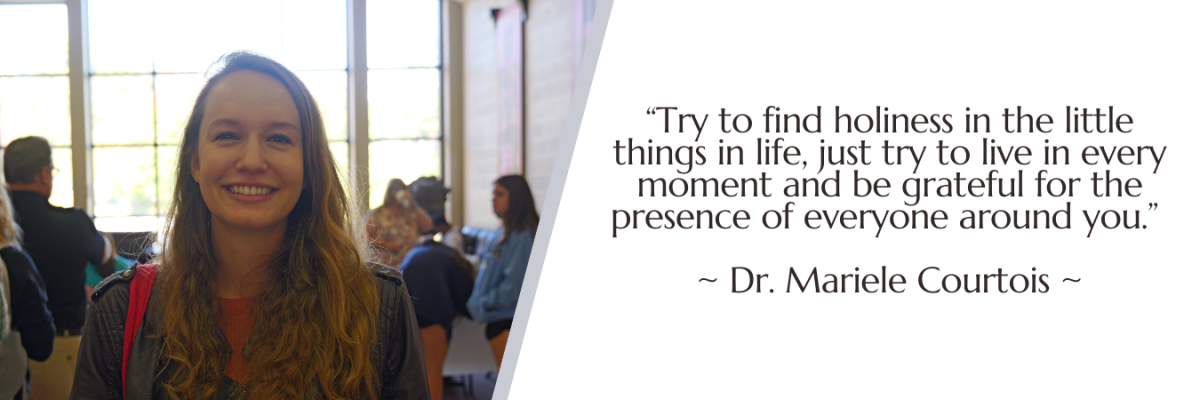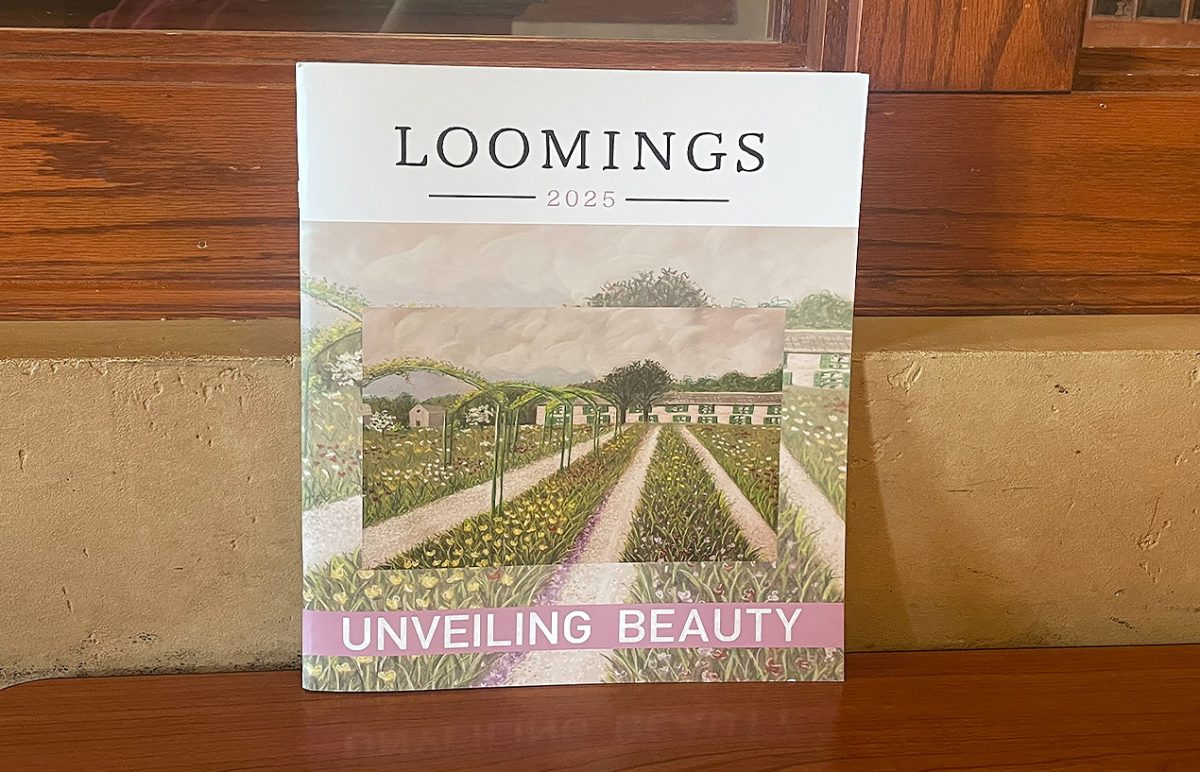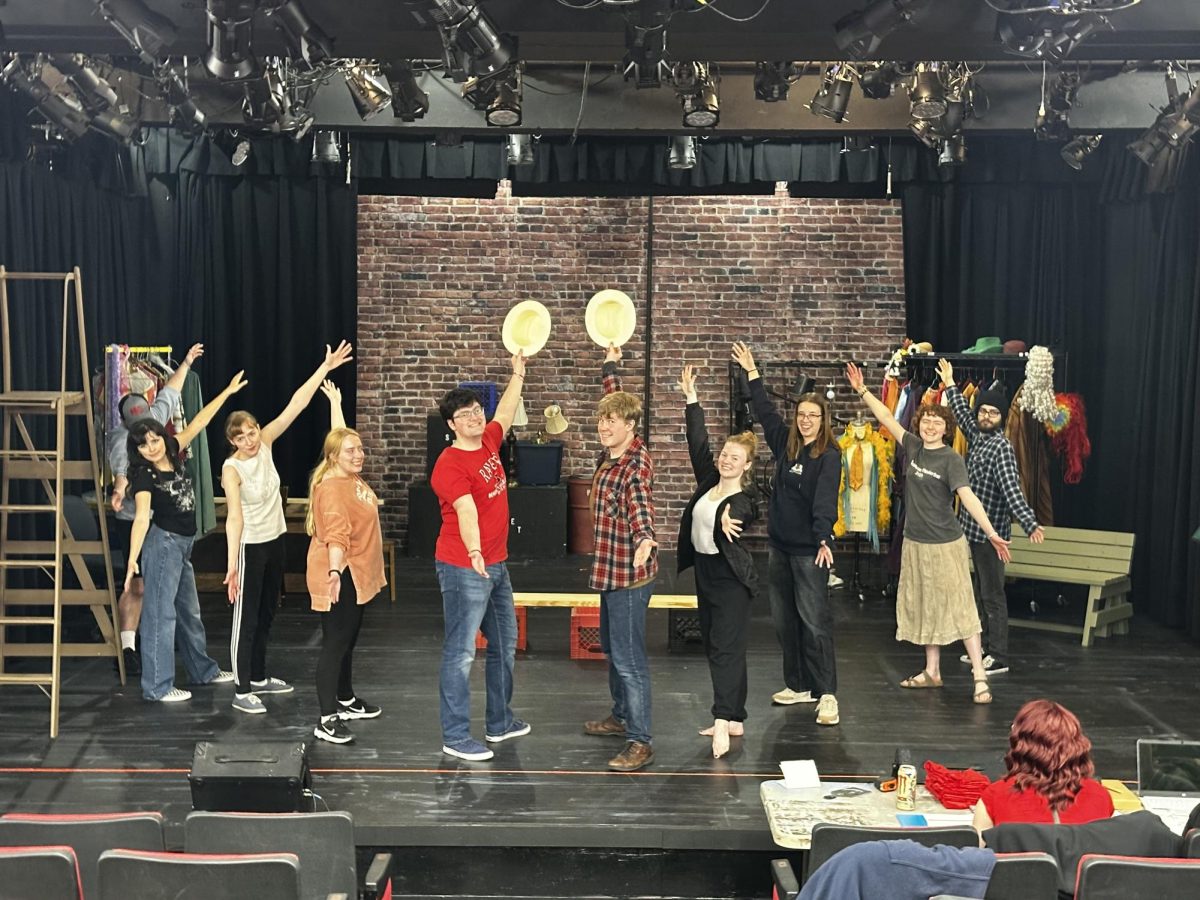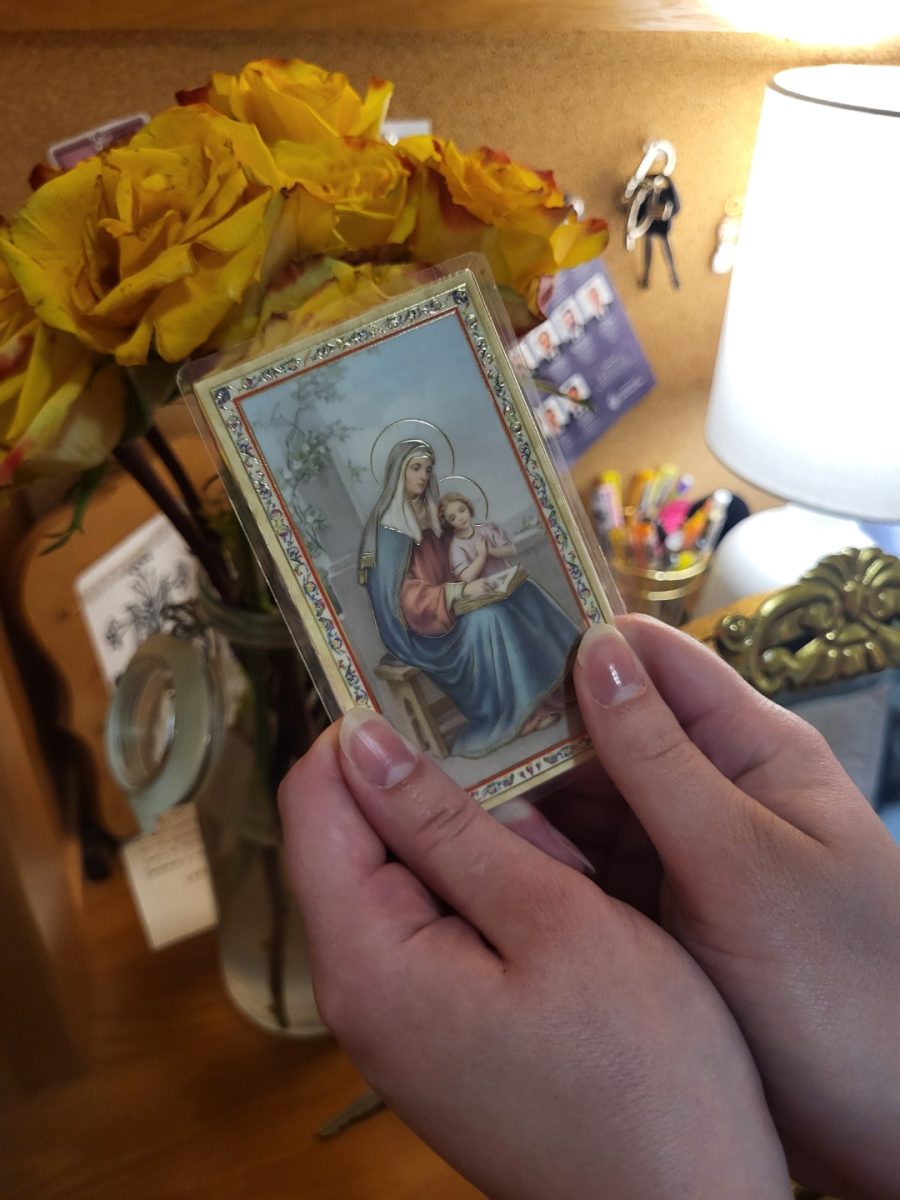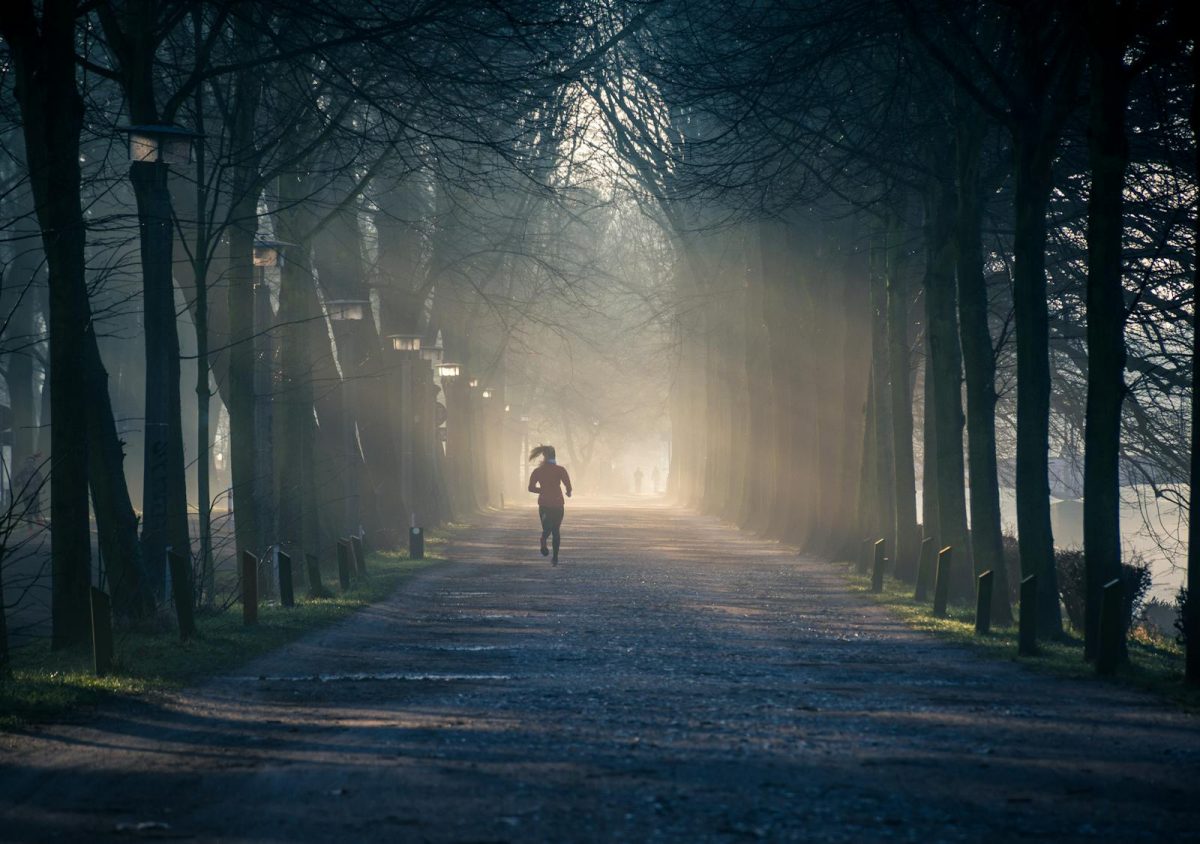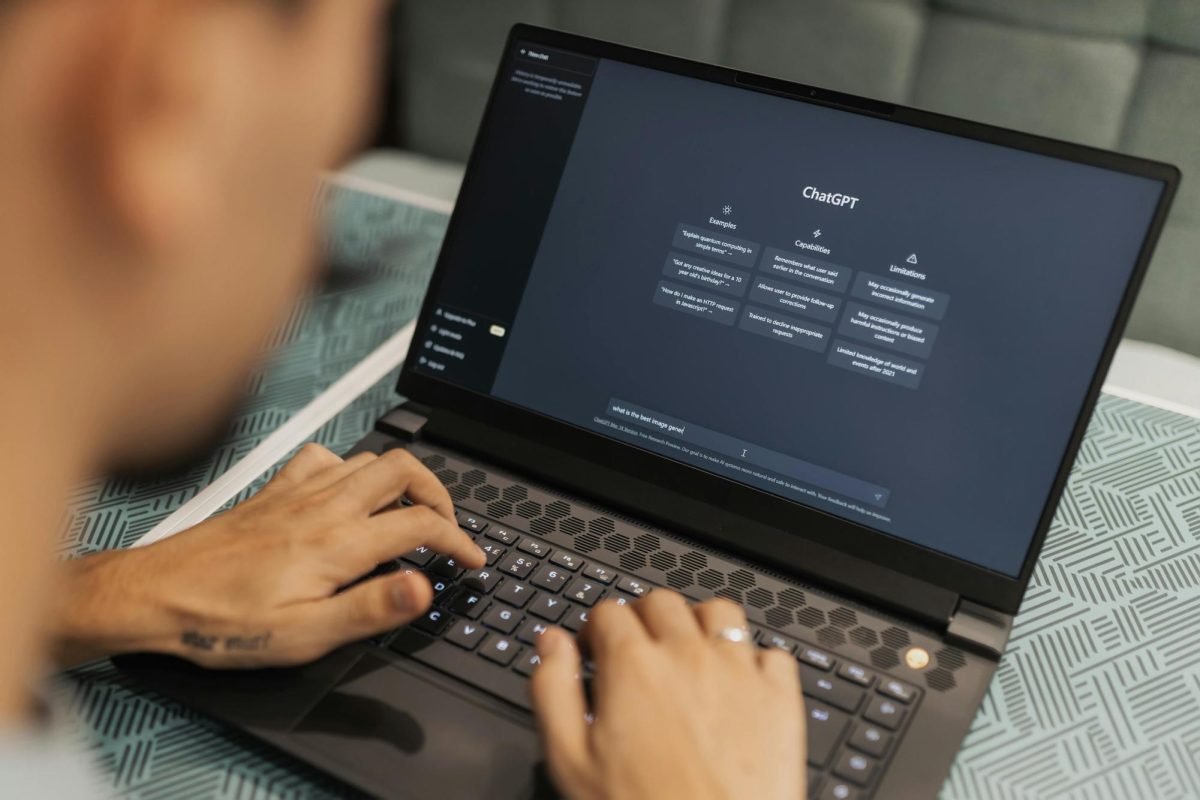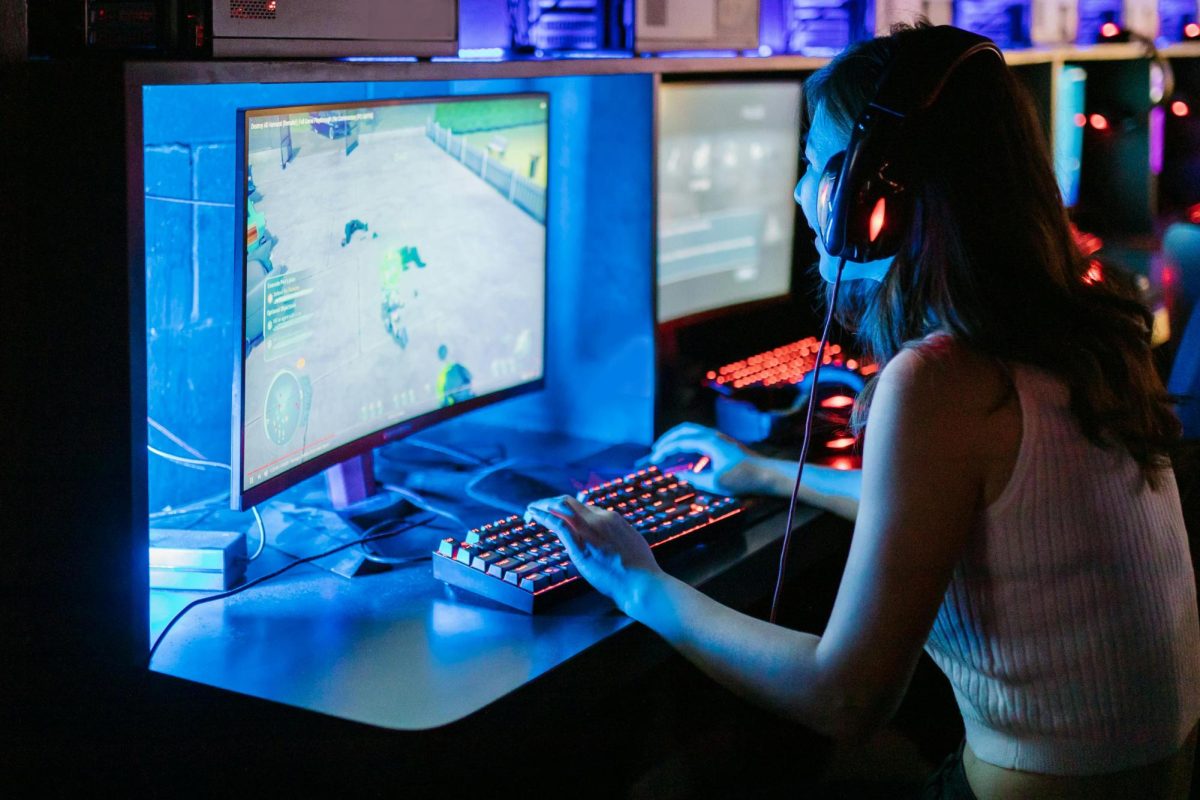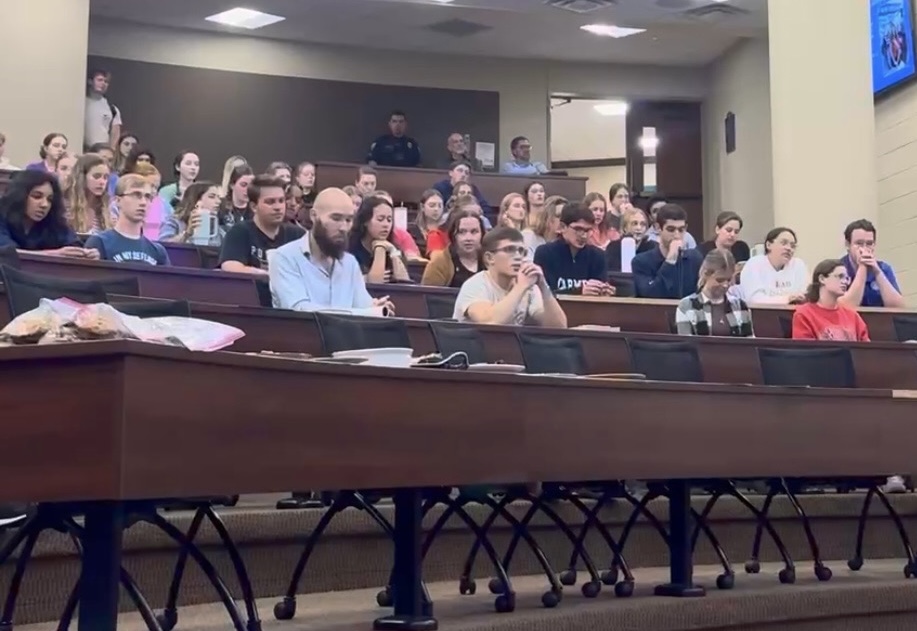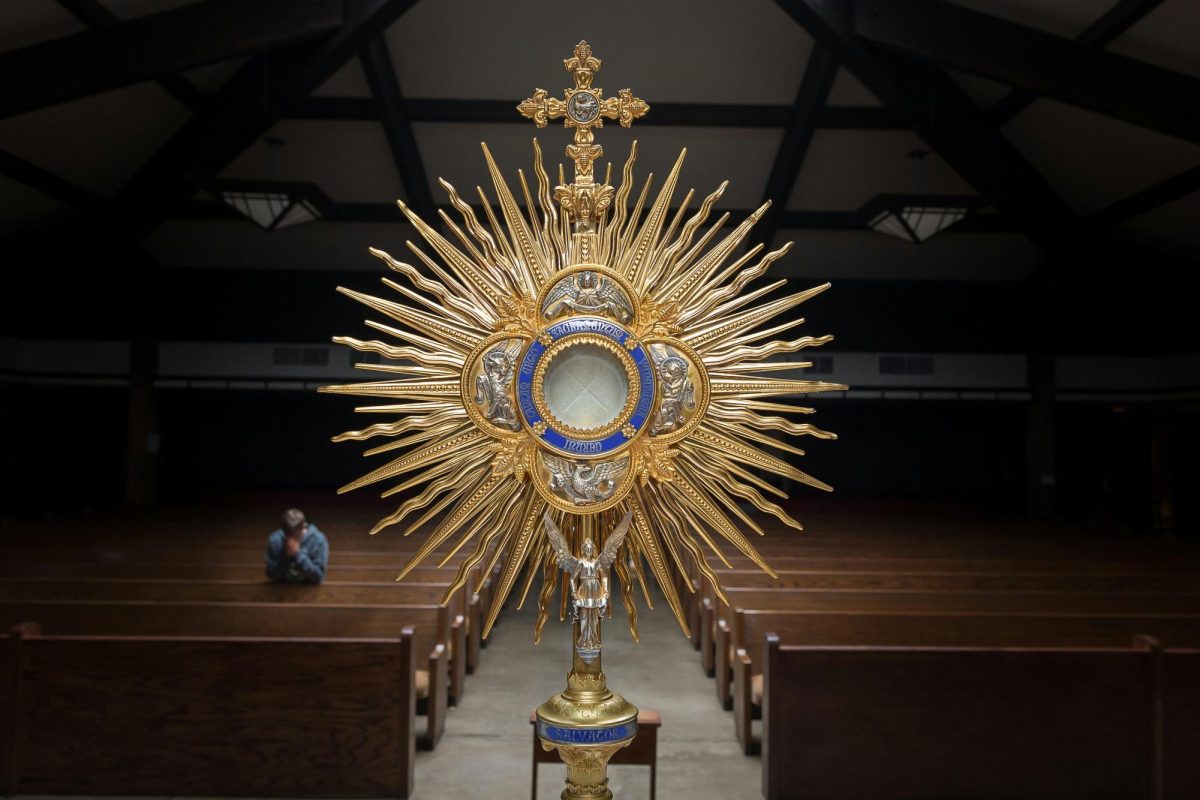After a defeat of a kickball game, I was extremely upset about the loss but everyone else seemed to not to bummed by it. I’d notice they would be happily go off and play some other thing while I would hop on the swings all by myself.
Later that day, I was taken out of class to do a different reading with special needs teacher and no one else in my class was doing the same thing I was.
My second grade self thought, ‘is everyone just smarter than me or I am I different from anyone else?’
Today is National Autism Awareness Day and I’ll give you a tour of what it means to be slightly different from being a neurotypical.
20 years ago, I was diagnosed with ASD (Autism Spectrum Disorder). I officially didn’t find out that I was autistic until I got to seventh grade.
According to Autism Speaks, one out of 44 of children annually are diagnosed with Autism in the United States in today’s society. It use to be one out of every 60 children.
It has impacted my life ever since and I have a hard time trying to figure more about myself.
The Spectrum has many different concepts and symptoms that many people can’t simply define or recognize someone who has Autism.
I sometimes view autism as a drop of food coloring within a full glass, spreading across and sinking to the bottom. Making it a glass of colored water rather than clear.
Social interaction was hard for me when I was younger. I was the kid that was smiling and laughing while I had no idea what was going on around me during recess.
I was picked on more and bullied because I am extremely sensitive in regard to being competitive with everyone. Had to deal with not being with the ‘cool kids’ was hard because I wanted to fit in everyone.
I went to therapy a lot because I continued to struggle with connecting with kids in my class and there were times I had a hard time dealing with things.
A study done by psychologist Daniel Hoover in 2018, children with Autism are bullied three to four times more than kids that don’t have a disability.
I am easily a visual learner, a lot of people would agree with me. I struggle to read through directions without any visual aids to guide me through.
Putting concepts together and doing math timed test were hard for my brain to figure out problems for being more advanced with other kids.
As I continued to grow into my teenage years, things stayed the same. I still tried to fit in the popular kids and just didn’t connect with right people.
I became more anxious trying to be a different person by acting like I was the average person. This lead to me becoming less happy about myself and being depressed.
More than 70 percent of autistic youth have mental health conditions, including depression and anxiety, andthewse are thought to often persist or worsen into adulthood according to Carla Mazefsky, an associate professor of psychiatry at the University of Pittsburgh.
I kept all of my emotions to myself and never expressed anything to anyone. I finally decided to share more about autism going into college and I connected with lots of people here at Benedictine knowing that they accept me for the person I am.
It wasn’t easy because I was worried I was going to be made fun of more, but Benedictine is such an amazing community and are inclusive towards everyone. I’ve never felt more being myself because I met so many people that I could connect with.
I’m extremely grateful for all the friendships and relationships I’ve made here at Benedictine knowing they have my support.
For today, wear the color blue to support awareness and happy Autism Awareness Day!
